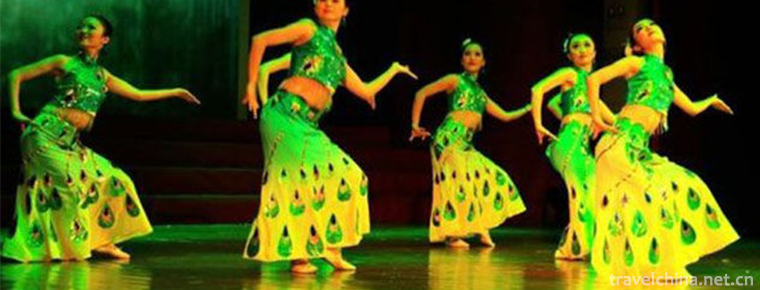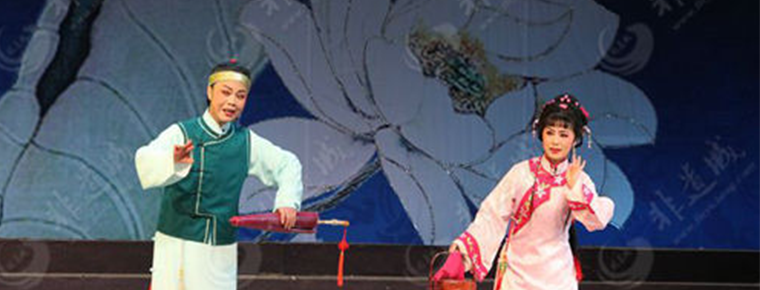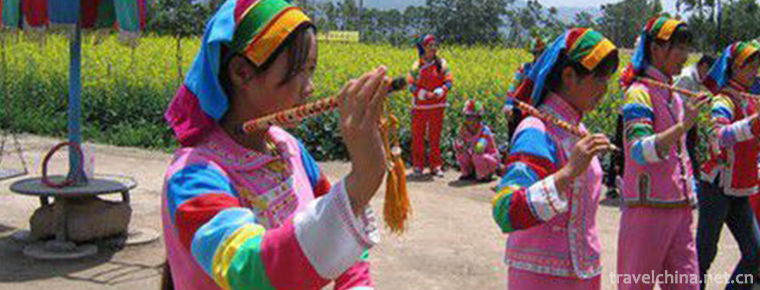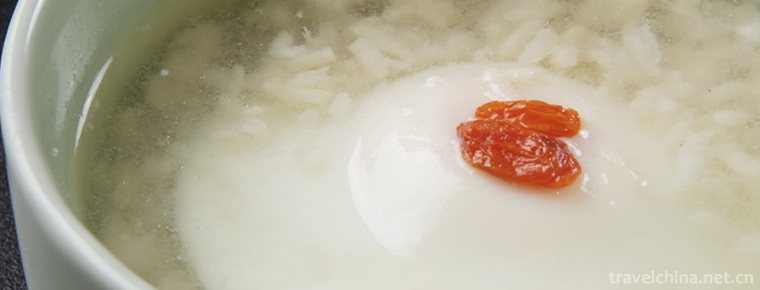Mudan River Side Wall
Mudan River Side Wall
The Mudanjiang Side Wall was built in the Tang Dynasty, presumably at the junction of Mudanjiang City in Heilongjiang Province and the northeast of Hailin County. The Eastern and western ends follow the east-west direction of the mountain body, and the middle part crosses the valley. It strikes southeast and northwest. Its basic position is between 130 degrees in East diameter and 45 degrees in North latitude.
The Mudanjiang side wall, consisting of three discontinuous sections, is distributed in the mountainous areas of Aimin District and Ningan City of Mudanjiang City. From north to south, the wall length of Mudanjiang section is 38.629 km, the wall length of East section is 22.394 km, and the wall length of Jingbohu section is 4.996 km. The whole wall length of the three sections is from southeast to northwest, with a total length of 66.019 km. The existence and discovery of the Mudanjiang border wall provide rare physical evidence for the study of archaeological work of ethnic minorities in the northeastern frontier of Tang Dynasty in China.
On May 25, 2006, the Mudan River Side Wall was announced by the State Council of the People's Republic of China as the Sixth Batch of national key cultural relics protection units.
Historical evolution
During the period from the founding of Zhenguo to the official seal of Tang Dynasty (698-713), Gao Wang Dazorong built the side wall of Jingbo Lake section.
Wuwang Dawuyi built the side walls of Mudanjiang section and the east section of the Yangtze River during the period of "striking black water in the north" (726-732).
In the thirteenth year of the Republic of China (1924), Ning'an County Chronicle Volume 3, Historical Sites and Ancient City Title recorded: "Deng this ancient city (city wall Laizi Mountain City) to look at the southern bank of the lake (actually the eastern bank), with a side wall, about 5 feet high, directly to Yanji, not knowing the number of miles, Gai Liaojin has the most important border fortress, such as the existing Taizhou fortress in the north of Taoer River in Jiangsu Province."
In the spring of 1964, Heilongjiang Museum staff first investigated the side wall of Jingbo Lake section.
In July 1979, Mudanjiang Cultural Relics Management Station first discovered the side wall of Mudanjiang section.
In the summer of 1982, the Heilongjiang Provincial Cultural Relics and Archaeology Team reviewed the side walls of Jingbo Lake Section.
In April 1984, Mudanjiang Mudanjiang Mudanjiang Cultural Relics Management Station completed a full investigation of the side walls of the Mudanjiang section.
In 1992, Mudanjiang Cultural Relics Management Station and Ningan Cultural Relics Management Institute first discovered the side wall of the eastern section of the Yangtze River.
In 2007, Mudanjiang City established the Leading Group of Great Wall Resources Survey, which has offices located at Mudanjiang Cultural Relics Management Station.
From 2008 to 2010, Mudanjiang Mudanjiang Cultural Relics Management Station completed a field survey of multi-section sidewalls in Mudanjiang.
protective measures
In 1981, the city wall Laizi Mountain City was declared as a cultural relic protection unit in Heilongjiang Province.
In 2005, Chongyihe Mountain City was declared as a cultural relic protection unit in Heilongjiang Province.
On May 25, 2006, "Mudan River Side Wall" was announced by the State Council of the People's Republic of China as the Sixth Batch of national key cultural relics protection units.
Historical culture
From 691 to 692, the Tang army stationed in Yingzhou defeated the Heishui Mao tribal alliance under the leadership of Li Duozuo, and forced the forces of Heishui Mao to return to the original place of Sanjiang Plain. However, in the subsequent Yingzhou Rebellion, the Tang Dynasty who guarded the area was transferred back to suppress Yingzhou, which made the Tang Army extremely empty. The Heishui Mohe tribal alliance expanded southward again. By the time of the establishment of the seismogenic state in Dazhuorong, the Heishui Mohe tribal alliance might have been the northern boundary of the seismogenic state and the Heishui Mou tribal alliance, even if it had not expanded to the middle and lower reaches of Mudanjiang River. Buffer zone between force ranges. In order to solve the pressure and threat brought by the southern expansion of Heishui Mohe tribal alliance, Dazorong preferred to build defensive fortifications along its northern border, and the side wall of Jingbo Lake section should be built at this time. It is precisely because of the military defense line on the northern frontier that the earthquake-stricken country survived the crisis in the early stage. Da Zou Rong could devote himself to developing national strength. In a few years, he made himself "more than 100,000 households and tens of thousands of soldiers won".
Tourism information
address
The boundary between Mudanjiang City and the northeast of Hailin County in Heilongjiang Province.
Admission ticket
Free Admission.
traffic
Drive through 301 National Highway and Heda Highway to Mudan River Side Wall.
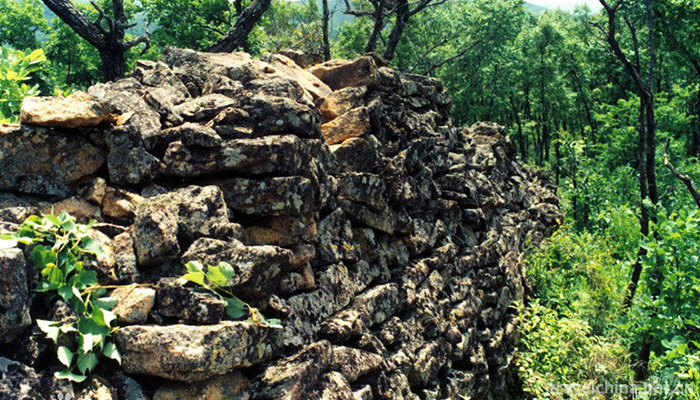

Mudan River Side Wall
-
Baiyun Mountain
located in Baiyun District of Guangzhou City, Guangdong Province
Views: 179 Time 2018-10-12 -
Yangma Island Scenic Area
National AAAA-level tourist attractions, Shandong Province "Top Ten Tourist Scenic Spots", 2008 "Tourists'Favorite Charm Scenic Spots". Located 9 kilometers north of Ninghai Town,
Views: 162 Time 2018-12-26 -
Hailongtun Site
Hailongtun is located on the top of Longyan Mountain, about 28 kilometers northwest of Zunyi City, Guizhou Province. It is also called Hailongdun, Longyantun and Longyantun.
Views: 188 Time 2019-01-13 -
Three Old People of Korean Nationality
Three Koreans are the traditional folk opera form of the Korean nationality in China. It is composed of three actors who perform in the role of the elderly and merge the forms of Korean opera singing
Views: 373 Time 2019-04-16 -
Landscape Architecture in Yangzhou
Yangzhou gardens began in the Western Han Dynasty, flourished in the Sui and Tang Dynasties, matured in the Song and Ming Dynasties, and flourished in the Qianlong Period of the Qing Dynasty.
Views: 170 Time 2019-04-21 -
Peacock Dance of Dai Nationality
Dai peacock dance is the most famous traditional performing dance in Dai folk dance in China. It is spread in Ruili, Luxi, Xishuangbanna, Mengding, Mengda, Jinggu, Cangyuan
Views: 237 Time 2019-04-24 -
Lake Opera
Huzhou Tanhuang, originally known as Huzhou Tanhuang, is a traditional local opera. It is mainly popular in Huzhou, Jiaxing, Yuhang and Linan of Hangzhou, Wujiang and Yixing of Jiangsu, Guangde of Anh
Views: 140 Time 2019-05-03 -
Pulangorgozi
Pulangorgozi, also known as "fruit harmony", is a kind of self-entertaining dance, which originates from Pulan County and is widely spread in Ali countryside. It is a kind of hand in hand, s
Views: 261 Time 2019-06-09 -
Cai Yuanpei
Cai Yuanpei (January 11, 1868 - March 5, 1940), word crane Qing, also the word Zhong Shen Cai Zhen, Zhou Ziyu, Han nationality, Shanyin County, Shaoxing Prefecture, Zhejiang (now Zhejiang). Shaoxing (
Views: 211 Time 2019-09-06 -
Sugar Eggs
Laozao is a local snack, belonging to Sichuan cuisine. Laolao, a kind of wine brewing in ancient Chinese, is a Sichuan dialect, that is, boiled eggs with wine brewing. Put the mash in the pot and boil
Views: 491 Time 2020-03-09 -
Nanchong hydrology
Nanchong is rich in precipitation. The average annual precipitation is 1000 mm, excluding evaporation, the annual total water is about 4.191 billion cubic meters, and the average annual runoff depth is about 313 mm. The distribution of runoff depth is generally
Views: 357 Time 2020-12-17 -
Dazhou Railway
Railway lines: Chengdu Chengdu Railway, Xiangyang Chongqing railway, Dazhou Wanzhou railway, Daba railway and Chengdu Dazhou Wanzhou high speed railway (planned)
Views: 96 Time 2020-12-20





